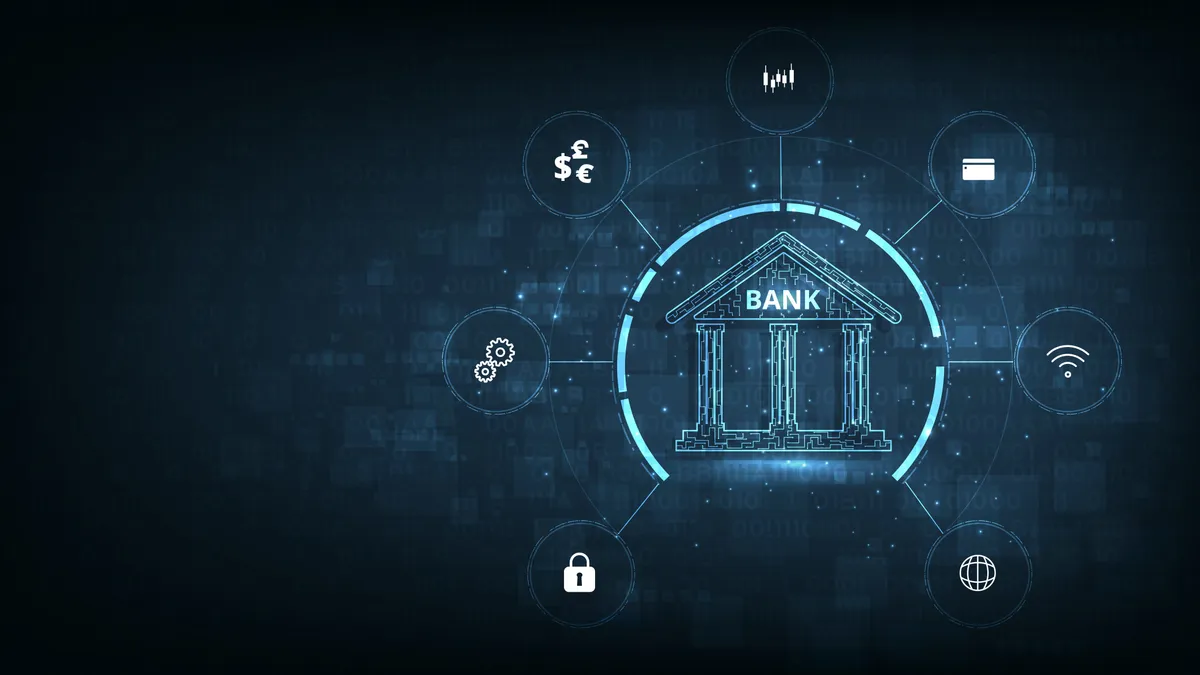The world of banking is undergoing a transformation, and digital banking is at the heart of this revolution. With the rise of online platforms, mobile apps, and virtual banking services, traditional banking is shifting toward a more customer-friendly and accessible model. This article explores the future of digital banking and how it will affect both consumers and financial institutions.
1. The Rise of Online and Mobile Banking
Online banking has already replaced the need for most in-person banking for many customers. With mobile banking apps, individuals can easily access their accounts, make transactions, and manage finances from anywhere in the world. As more people embrace the convenience of online banking, we are seeing a significant shift in the way banks operate.
- Key Features: Account management, bill payments, mobile check deposits, peer-to-peer (P2P) payments.
- Future Trends: Increased integration with Artificial Intelligence (AI) for personalized financial advice and automated transactions.
2. Neobanks: The New Era of Banking
Neobanks, also known as digital-only banks, have emerged as a direct competitor to traditional banking institutions. These banks operate exclusively online, offering lower fees, faster services, and innovative financial products. Examples include Chime, Revolut, and N26, which have gained significant traction due to their user-friendly platforms and cost-effective solutions.
- Benefits: Zero or low fees, easy-to-use apps, real-time alerts, and instant transfers.
- Challenges: Lack of physical branches and customer service limitations for some users.
3. AI and Automation in Banking
Artificial Intelligence (AI) is making its way into banking with applications that enhance customer service and streamline operations. AI-powered chatbots and virtual assistants are helping banks provide 24/7 customer support. Additionally, automation in fraud detection, transaction monitoring, and loan processing is revolutionizing the banking experience.
- Example: AI-driven personalized recommendations for savings, investments, and budgeting.
- The Impact: Improved customer satisfaction, faster service, and enhanced security measures.
4. The Impact of Blockchain Technology
Blockchain technology, often associated with cryptocurrency, is now being used by banks to improve transparency, security, and speed of transactions. Blockchain offers the potential to revolutionize banking by eliminating intermediaries, reducing costs, and improving trust in financial systems.
- Benefits: Faster cross-border payments, enhanced security, and transparent transaction records.
- The Future: Blockchain could lead to decentralized finance (DeFi) systems that allow consumers to bypass traditional banks altogether.
Conclusion: Embracing the Future of Banking
The future of banking lies in digital transformation. As more consumers demand convenience, security, and accessibility, banks will continue to innovate with new technologies. Embracing these changes will shape the banking experience for years to come.

